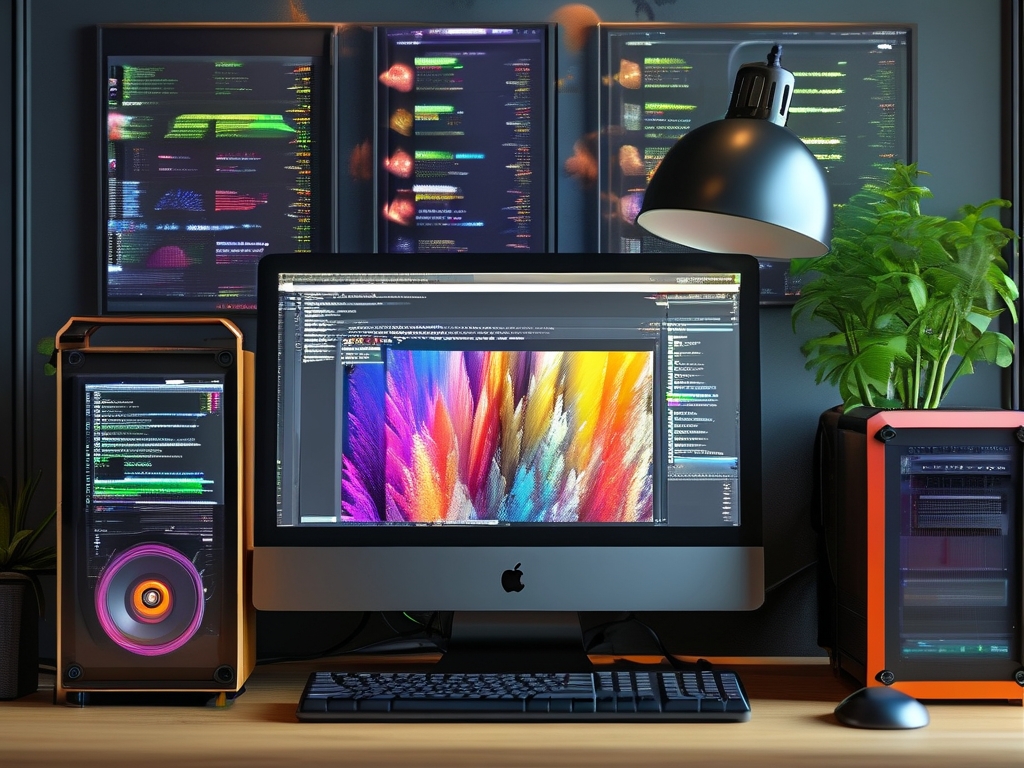In the rapidly evolving semiconductor industry, the collaboration between layout design engineers and digital backend teams forms the backbone of integrated circuit (IC) development. As the demand for smaller, faster, and more power-efficient chips grows, the synergy between these roles has become indispensable. This article explores their responsibilities, challenges, and the technical expertise required to excel in these fields.
Understanding the Roles
-
Layout Design Engineers:
Layout design engineers are responsible for translating schematic diagrams of electronic circuits into physical layouts. This involves designing the geometric patterns that define transistors, interconnects, and other components on a silicon wafer. Their work ensures that the circuit meets performance, power, and area (PPA) targets while adhering to manufacturing constraints. Key tasks include:- Creating floorplans to optimize space and minimize signal interference.
- Performing design rule checks (DRC) and layout vs. schematic (LVS) verifications.
- Addressing electromigration and thermal issues in high-density designs.
-
Digital Backend Engineers:
Digital backend engineers focus on the implementation phase of IC design, which begins after the logical design (RTL) is finalized. Their role includes:- Placement and Routing (P&R): Strategically placing logic cells and routing connections to meet timing and power requirements.
- Timing Closure: Ensuring signals propagate within specified clock cycles using static timing analysis (STA).
- Power Integrity: Mitigating voltage drops and ground bounce through robust power distribution networks.
Interdependence in the Design Flow
The interaction between layout engineers and digital backend teams is iterative. For example:

- During P&R, backend engineers rely on layout engineers to provide accurate parasitic extraction data for timing simulations.
- Layout engineers, in turn, depend on backend teams to identify critical paths that require manual optimization.
- Both roles collaborate to resolve issues like antenna effects or lithography hotspots, which could jeopardize manufacturability.
Technical Skills and Tools
Professionals in these fields must master industry-standard tools:

- Layout Design: Cadence Virtuoso, Synopsys IC Compiler, and Mentor Calibre for DRC/LVS.
- Digital Backend: Synopsys Fusion Compiler, Cadence Innovus, and Ansys RedHawk for power analysis.
Additionally, expertise in scripting languages like Tcl and Python is crucial for automating repetitive tasks and enhancing workflow efficiency.
Challenges in Modern IC Design
- Scaling to Advanced Nodes:
As technology nodes shrink to 3nm and below, layout engineers face unprecedented challenges in managing lithography limitations and quantum effects. FinFET and GAAFET transistor architectures demand intricate layout strategies. - Power and Thermal Management:
High-performance computing (HPC) and AI chips generate significant heat, requiring innovative cooling solutions at the layout stage. - Time-to-Market Pressure:
With shorter product cycles, both roles must balance quality with aggressive deadlines, often leveraging machine learning-driven tools to accelerate design iterations.
Career Pathways and Industry Trends
The demand for skilled layout and backend engineers is surging, driven by sectors like automotive, IoT, and 5G. Emerging trends include:
- 3D IC Design: Stacking dies vertically to improve performance, necessitating advanced thermal and signal integrity analysis.
- Open-Source EDA Tools: Projects like Google’s OpenROAD aim to democratize IC design, lowering barriers for startups.
- Sustainability: Designing energy-efficient chips to reduce the carbon footprint of data centers and edge devices.
Layout design engineers and digital backend specialists are the unsung heroes of the semiconductor industry. Their technical rigor and collaboration enable the creation of chips that power everything from smartphones to autonomous vehicles. As technology advances, continuous learning and adaptability will remain key to thriving in these dynamic fields. Professionals who embrace new tools, methodologies, and interdisciplinary teamwork will lead the next wave of innovation in IC design.

